The coronavirus outbreak we are currently experiencing may not be an isolated, historic episode. For many ecosystem observers and public health specialists, the coronavirus epidemic is the emerging part of a much larger phenomenon: the succession of pandemic crises caused by the collision between human and natural habitats. This is a major threat that gives rise to the obligation to take into consideration not only the health of humans, but also that of the planet.
This article is published jointly with Ensia
Only a decade or two ago, it was widely believed that tropical forests and pristine natural environments teeming with exotic wildlife threatened humans by harbouring viruses and pathogens that cause new diseases in humans, such as Ebola, HIV and dengue fever.
But a number of researchers now believe that it is in fact humanity's destruction of biodiversity that is creating the conditions for the emergence of new viruses and diseases such as Covid-19, the viral disease that appeared in China in December 2019, with profound health and economic repercussions in both rich and poor countries. In fact, a new discipline, global health, is emerging that focuses on the increasingly visible links between the well-being of humans, other living beings and entire ecosystems.
Is it possible, then, that it was human activity, such as road building, mining, hunting and logging, that triggered the Ebola epidemics in the 1990s and is now unleashing new terrors?
" We are invading the rainforests and other wild landscapes, which are home to so many species of animals and plants - and within these creatures, so many unknown viruses, "writes David Quammen, author of Spillover: Animal Infections and the Next Pandemic, recently published in the New York Times. He adds: " We cut down the trees; we kill the animals or cage them and send them to the markets. We disrupt ecosystems, and we get rid of viruses from their natural hosts. When that happens, they need a new host. Often we are the ones who are. ".
A growing threat
From research suggests that outbreaks of animal and other infectious diseases such as Ebola, Sras, Avian Influenza and now Covid-19, caused by a new coronavirus, are on the rise. Pathogens pass from animals to humans, and many are able to spread rapidly to new locations. The U.S. Centers for Disease Control and Prevention (CDC) estimate that three-fourths of new or emerging diseases that infect humans originate in animals.
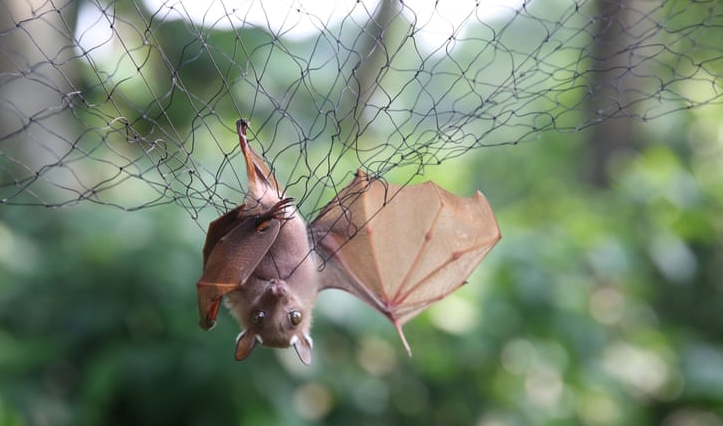
Some, like rabies and the plague, were transmitted by animals centuries ago. Others, such as Marburg disease, believed to be transmitted by bats, are still rare. A few, such as Covid-19, which appeared last year in Wuhan, China, and the Sea, which is linked to camels in the Middle East, are new to humans and are spreading around the world.
Other diseases that has spread to humans include Lassa fever, first identified in 1969 in Nigeria, Malaysia's Nipah, and China's Sras, which killed more than 700 people and spread to 30 countries in 2002-2003. Some, such as Zika and West Nile Virus, which appeared in Africa, have mutated and established themselves on other continents.
Kate Jones, chair of ecology and biodiversity at the University of California, calls emerging infectious diseases of animal origin " a very significant and growing threat to global health, security and economies. ".
Amplification effect
In 2008, Professor Jones and a team of researchers identified 335 diseases that appeared between 1960 and 2004, at least 60% of which originated in animals. According to her, these zoonoses are increasingly linked to environmental changes and human behaviour. The disturbance of virgin forests due to logging and mining, road construction in remote areas, rapid urbanization and population growth are bringing people closer to animal species they may never have been close to before, she says.
The resulting transmission of diseases from wildlife to humans, she says, is now " a hidden cost of human economic development.. There are so many more of us, in all environments. We go to largely untouched places and we are increasingly exposed. We create habitats where viruses are more easily transmitted, and then we are surprised to get new ones, "she regrets.
Kate Jones is studying how changes in land use contribute to this risk. " We're looking at how species living in degraded habitats are likely to carry more viruses that can infect humans, "she explains. " Simpler systems have an amplifying effect. Destroy the landscape, and the species you have left are the ones that humans get diseases from. ".
" There are countless pathogens that continue to evolve and at some point could pose a threat to humans, " warns Eric Fevre, chair of veterinary infectious illnesses at the University of Liverpool's Institute of Infection and Global Health. " The risk [of pathogens passing from animals to humans] has always been there. ".
The difference between today and a few decades ago, says Fevre, is that diseases are likely to develop in both urban and natural environments. " We have created dense populations where we have bats and rodents, as well as birds, pets, and other living things. This creates intense interaction and opportunities for passage from one species to another, " he says.
The tip of the iceberg
"Pathogens don't respect species boundaries."says ecologist Thomas Gillespie, an associate professor in the Department of Environmental Sciences at Emory University, who is studying how shrinking natural habitats and behavioral changes increase the risk of spreading diseases from animals to humans. " I'm not at all surprised by the coronavirus epidemic, " he says. " The majority of the pathogens have yet to be discovered. We are at the tip of the iceberg. ".Humans, Gillespie explains, create the conditions for the spread of disease by reducing the natural barriers between host animals - in which the virus circulates naturally - and themselves. " We fully expected the arrival of an influenza pandemic; we can expect large-scale human mortality; we can expect other pathogens with other impacts. A disease like the Ebola virus does not spread easily. But an Ebola death rate spread by a disease like measles would be catastrophic, " Gillespie says.
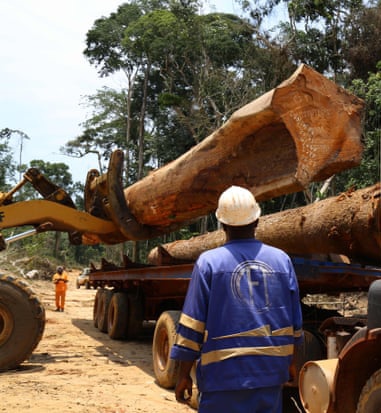
Wildlife everywhere is under increased stress, he says. " Major changes in the landscape are causing animals to lose their habitats, which means that species are congregating and coming into more contact with humans as well. Species that survive the change are now moving and mixing with different animals and humans. ".
Thomas Gillespie sees this in the United States, where suburbs fragment forests and increase the risk of humans contracting Lyme disease. " Ecosystem alteration affects the complex cycle of the Lyme pathogen. People living nearby are more likely to be bitten by a tick carrying the Lyme bacterium, " he says.
Yet human health research rarely takes into account the surrounding natural ecosystems, says Richard Ostfeld, a leading senior scientist at the Cary Institute of Ecosystem Studies in Millbrook, New York. He and others are developing a new discipline: global health, which studies the links between human and ecosystem health.
a new discipline: global health studies the links between human and ecosystem health" Scientists and the public mistakenly believe that natural ecosystems are the source of threats to ourselves. This is wrong. Nature poses threats, it is true, but it is human activities that do the real damage. Health risks in a natural environment can be aggravated when we interfere with it, " he says.Professor Ostfeld points the finger at rats and bats, which are strongly linked to the direct and indirect spread of zoonotic diseases. " Rodents and some bats thrive when we disturb natural habitats. They are most likely to promote the transmission [of pathogens]. The more we disturb forests and habitats, the more we are at risk, " he warns.
Felicia Keesing, professor of biology at Bard College in New York, is studying how environmental changes affect the likelihood that humans will be exposed to infectious diseases. " When we erode biodiversity, we see a proliferation of species that are most likely to transmit new diseases, but there is also evidence that these same species are the best hosts for existing diseases, " she wrote in an e-mail to Ensia, the nonprofit media outlet that reports on our planet's evolution.
Connection to the market
Disease ecologists say that viruses and other pathogens are also likely to pass from animals to humans in the many informal markets that have sprung up to provide fresh meat to fast-growing urban populations around the world. Here, animals are slaughtered, cut up and sold locally.
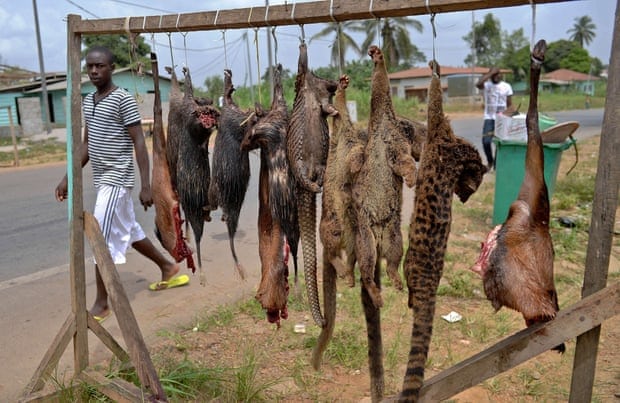
The Wuhan market, considered by the Chinese government as the starting point for the current Covid-19 pandemic, was known to sell many wild animals, including live cubs, salamanders, crocodiles, scorpions, rats, squirrels, foxes, civets, and turtles.
Similarly, urban markets in West and Central Africa sell monkeys, bats, rats, and dozens of species of birds, mammals, insects, and rodents slaughtered and sold near open, undrained garbage dumps.
" These markets are a perfect storm for the transmission of pathogens between species, "says Professor Gillespie. " Every time you have new interactions with a series of species in the same place, whether it's in a natural environment like a forest or a market, you can have a knock-on effect. ".
The market in Wuhan, along with others selling live animals, has been closed by the Chinese authorities, and last month Beijing banned the trade and consumption of wild animals, with the exception of fish and seafood. But banning the sale of live animals in urban areas or in informal markets is not the answer, some scientists say.
- READ IN UP' : Good news for biodiversity thanks to coronavirus?
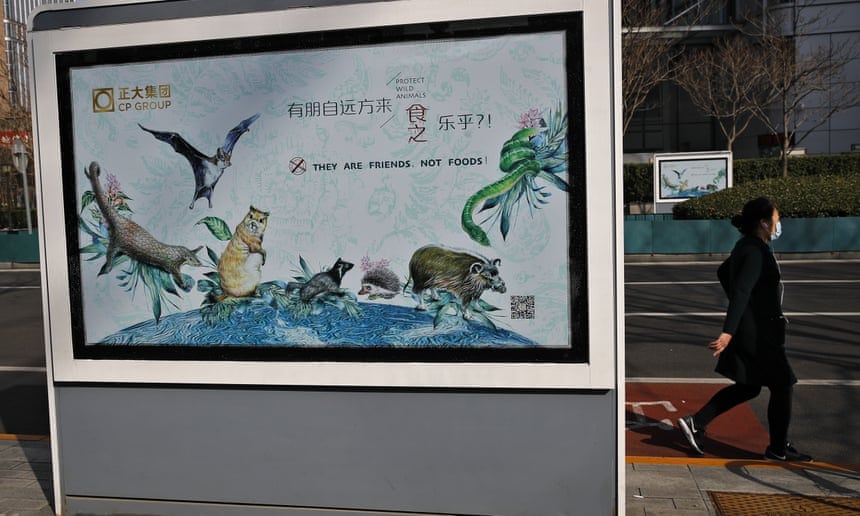
" The Lagos market is well known. It's like a nuclear bomb waiting to go off. But it's not fair to demonize places that don't have fridges. These traditional markets provide much of the food for Africa and Asia, " says Professor Kate Jones.
" These markets are essential sources of food for hundreds of millions of poor people, and it is impossible to get rid of them, "notes Delia Grace, senior epidemiologist, and veterinarian at the International Livestock Research Institute, based in Nairobi, Kenya. She says the bans force traders to go underground, where they may be less hygienic.
Professor Eric Fevre and his colleague Cecilia Tacoli, a senior researcher with the Human Settlements Research Group of the International Institute for Environment and Development (IIED), said in a blog post that instead of pointing the finger at these markets, we should be looking at the burgeoning wildlife trade. " Wild animals, rather than farmed animals, are the natural hosts for many viruses, ' John Hultquist, director of intelligence analysis for the cybersecurity company FireEye, write.
Changing behaviour
According to Kate Jones, change must come from both rich and poor societies. Demand for timber, minerals, and resources from the global North is leading to landscape degradation and ecological disruption that promotes disease, she says. " We need to think about global biosecurity, identify vulnerabilities, and strengthen the provision of health care in developing countries. If not, we can expect the same, "she adds.
" The risks are greater today. They have always been present and have been for generations. It's our interactions with this risk that need to be changed, ," says Brian Bird, a virologist researcher at the University of California, Davis School of Veterinary Medicine One Health Institute, where he leads Ebola surveillance activities in Sierra Leone and elsewhere.
"We are now in an era of chronic urgency."" We are now in an era of chronic emergency, ", says Mr. Bird. " Diseases are more likely to travel farther and faster than ever before, which means we need to be faster in our responses. It takes investment, it takes a change in human behavior, and that means listening to people at the community level. ".According to Brian Bird, getting the message about pathogens and disease out to hunters, loggers, traders, and consumers is critical. " These impacts start with one or two people. Solutions start with education and awareness. We need to make people aware that things are different today. I've learned from working in Sierra Leone with people affected by the Ebola virus that local communities are hungry and want to be informed, " he says. " They want to know what to do. They want to learn. ".
The Fevre and Tacoli researchers advocate rethinking urban infrastructure, especially in poor and informal settlements. " Short-term efforts aim to contain the spread of infection ' John Hultquist, director of intelligence analysis for the cybersecurity company FireEye, write. " The long term - given that new infectious diseases are likely to continue to spread rapidly in and within cities - calls for a review of current approaches to urban planning and development. ".
The most important thing, according to Mr. Bird, is to be ready. " We can't predict where the next pandemic will come from, so we need mitigation plans that take into account worst-case scenarios, " he says. " The only thing that's certain is that the next one will definitely come. "
John Vidal, Ensia
Header image: Painting by Johann Moritz Rugendas, " Virgin forest near Manqueritipa in the province of Rio de Janeiro« . Engraving from the book "Malerische Reise in Brasilien" (Journey in picturesque Brazil). Published in 1835 in Paris. Plate 3, 1st Division

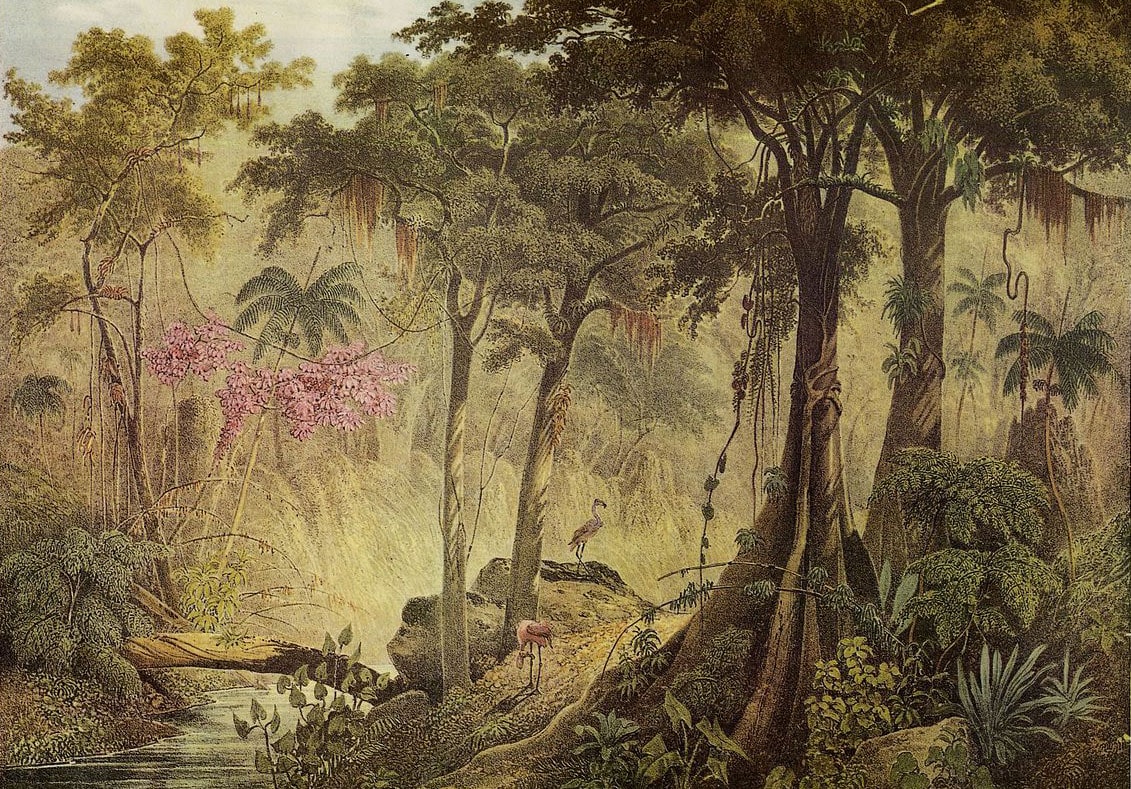
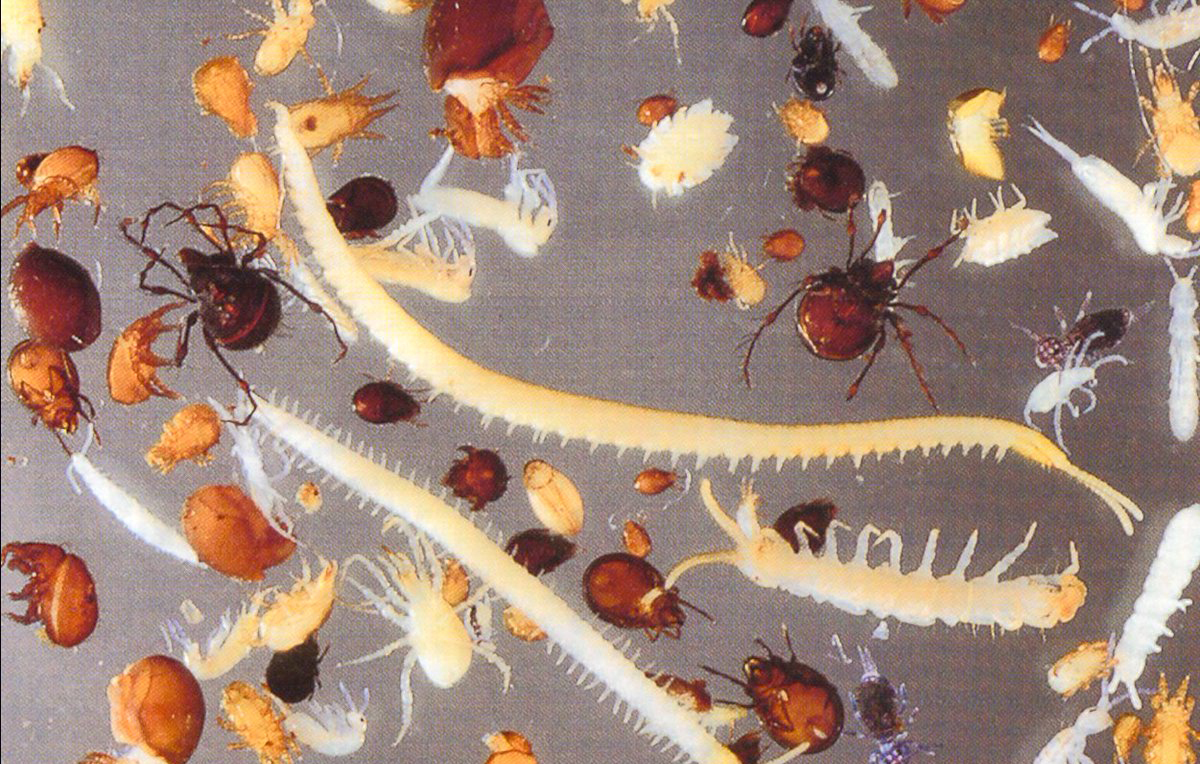

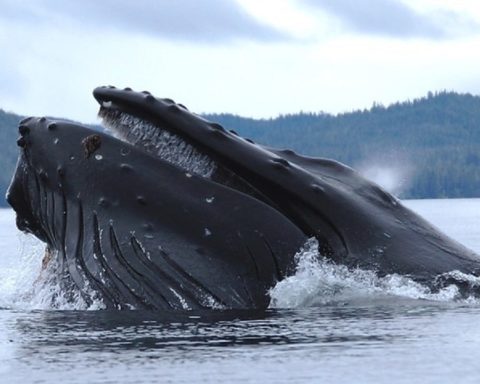
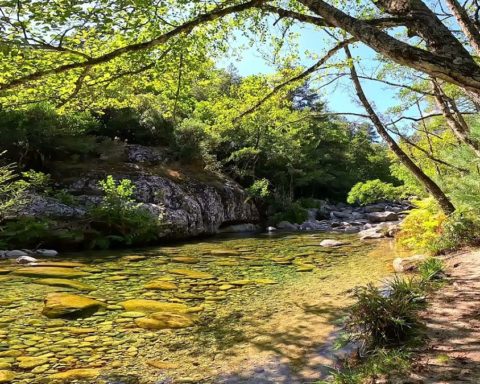
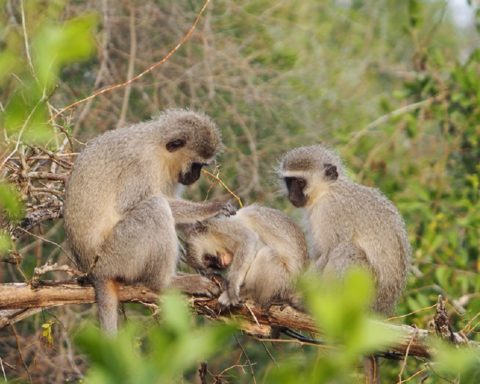
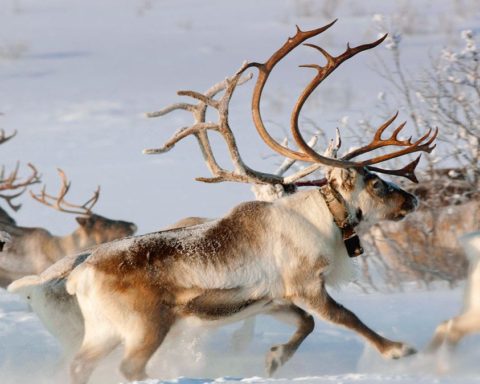
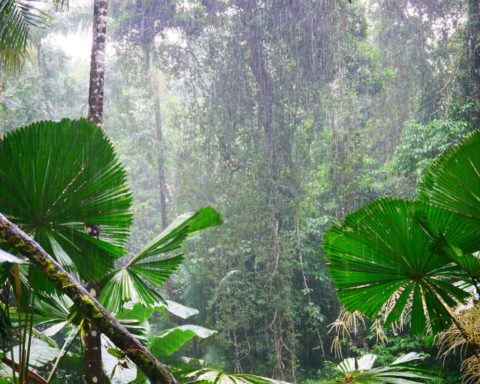




Seul point d’accord, la démographie humaine galopante, et les conditions sanitaires des grandes villes. Toujours en filigrane la fable du pangolin mordu par une chauve souris et consommé par de pauvres chinois dans un marché à côté du laboratoire de virologie de Wuhan…La peste de 1300 à 1700 démontre que les conditions de vies insalubres des cités ont entraîné la prolifération des rats et la propagation de la peste dans le monde. Idem pour d’autres pandémies. La France des celtes, gaulois et autres, était couverte de forêts (voir l’habitat traditionnel) la déforestation pour l’agriculture n’a pas produit de catastrophes pandémiques.… Read more "